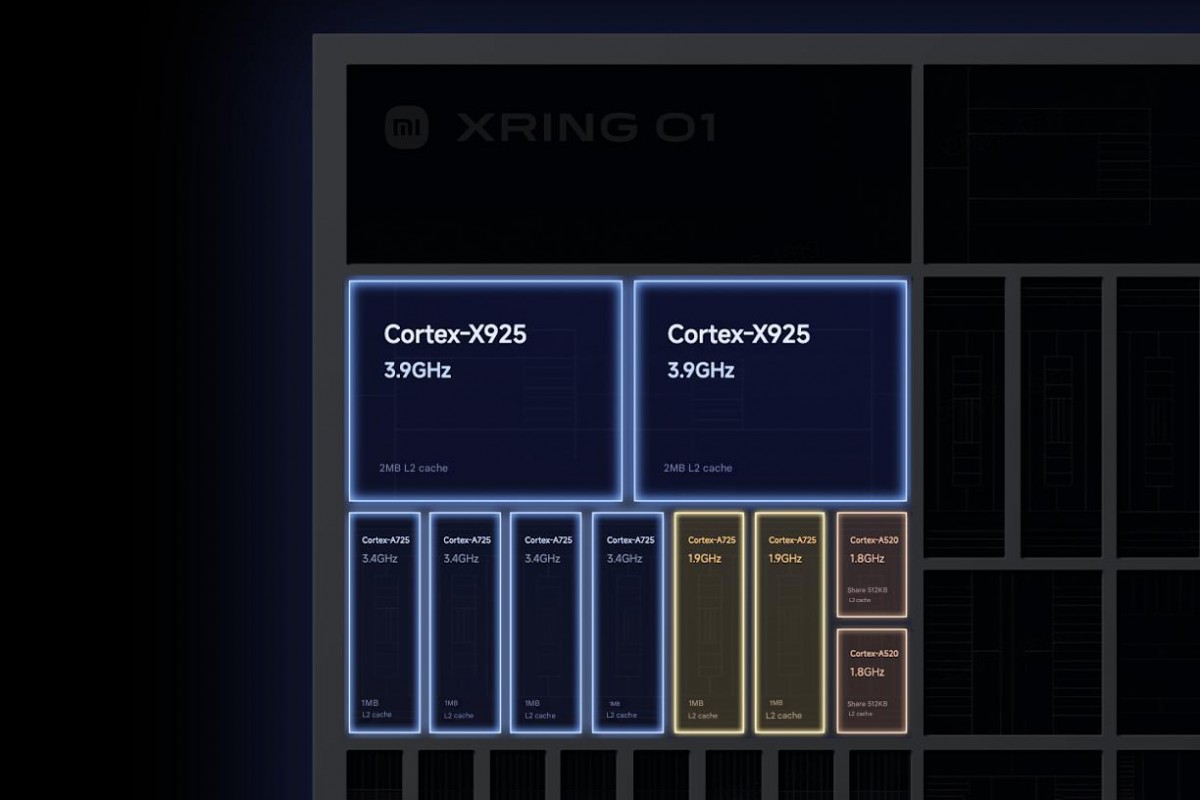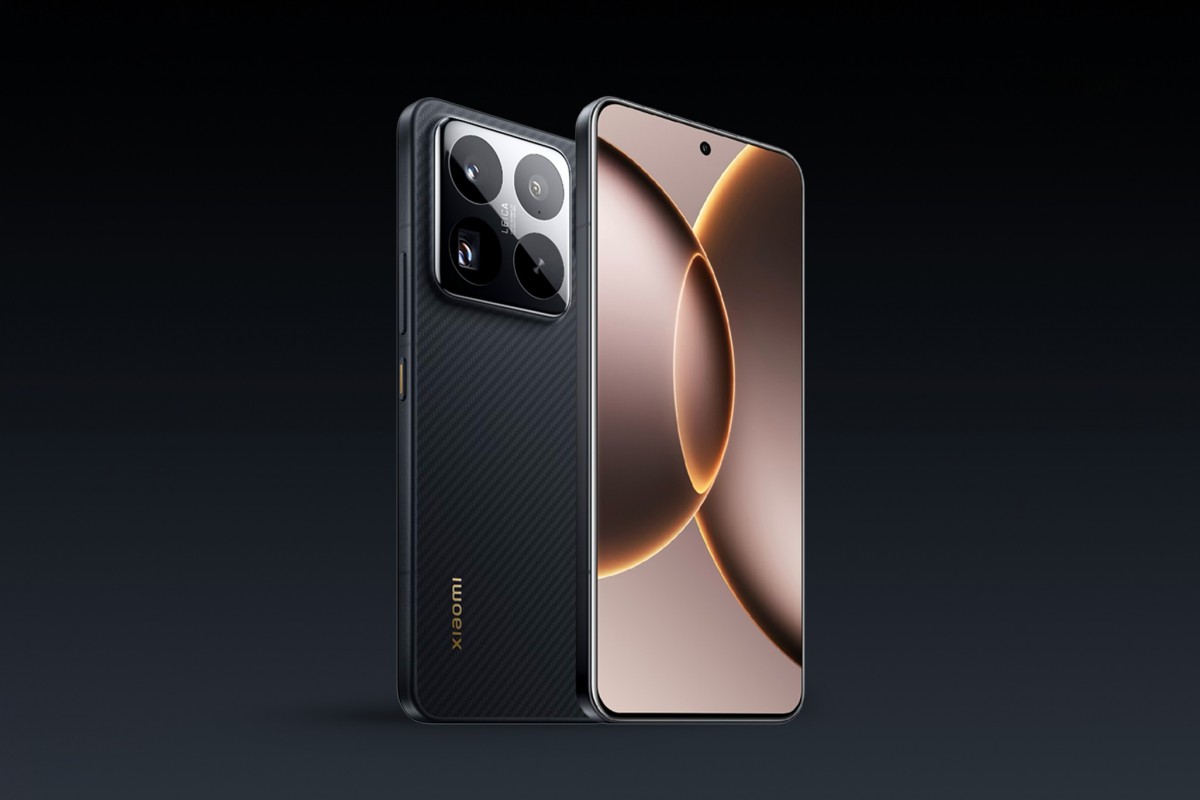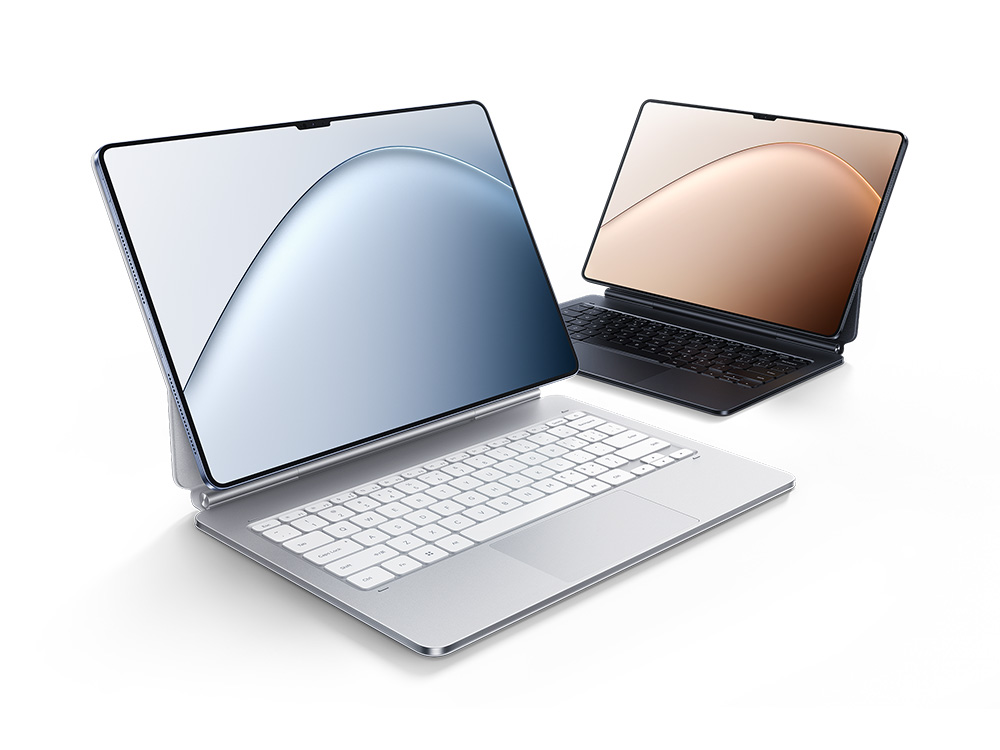Hardwired

In Hardwired, AC Senior Editor Harish Jonnalagadda delves into all issues {hardware}, together with telephones, audio merchandise, storage servers, and networking gear.
It isn’t usually that we see a brand new entrant within the cellular chipset business; that is why it is thrilling to see Xiaomi roll out its Xring O1 platform. Qualcomm and MediaTek successfully have a duopoly on this regard, and though Samsung remains to be chugging together with its Exynos designs, it is not wherever near what the opposite two chip distributors handle to ship on a constant foundation.
Google is doing a good job with its Tensor portfolio, however these merchandise are personalized to concentrate on AI and never essentially ship the perfect energy. That is not the case with the Xring O1; Xiaomi is clearly positioning it as a rival to the perfect that Qualcomm and MediaTek have to supply; the chipset constructed on a second-gen TSMC 3nm node, and comes with a 10-core CPU and 16-core Arm Immortalis-G925 GPU.
Xiaomi is utilizing Arm’s v9.2 cores, and the 10-core design provides it a definite edge over its rivals, which have caught to an octa-core configuration for some time now. The Xring O1 makes use of two Cortex X925 cores clocked at 3.9GHz, a quartet of Cortex A725 cores at 3.4GHz, two extra A725 cores at 1.9GHz, and two Cortex A520 cores at 1.8GHz. The producer is leveraging Arm’s CoreLink Interconnect system to benefit from the tri-core structure.

Equally, because of 16 shader cores within the Immortalis-G925, Xiaomi is ready to declare a particular win over MediaTek — which makes use of 12 cores in its Dimensity 9400. That is not all; it will get Xiaomi’s personal ISP (now in its fourth technology), and a 6-core NPU with 44 TOPS — much like what Qualcomm is providing on the 8 Elite. Xiaomi notes that that is simply the beginning in a decade-long funding that is set to exceed 6.9 billion USD, with 2,500 engineers working in its chip division.
Xiaomi dabbled in customized chip design with the Surge S1 again in 2017, however that was aimed on the price range class, and it is not something as bold as what the manufacturing is doing now. In truth, Xiaomi is so assured about what it has achieved that it slotted within the Xring O1 in its newest merchandise: the Xiaomi 15S Professional and Pad 7 Extremely pill.

The 15S Professional is equivalent to the 15 Professional that debuted on the finish of final 12 months, with the one key distinction being the change to the Xring O1 silicon. The telephone has a brand new design and comes with 512GB of UFS 4.1 storage as customary (as a substitute of 256GB), and Xiaomi is limiting it to China.
The Pad 7 Extremely is of larger curiosity to me, because the pill will get an outsized 14-inch OLED panel — a substantial improve from the 11.2-inch LCD-toting Pad 7 and Pad 7 Professional. It additionally has a large 12,000mAh battery, and I am excited to get my arms on it to see what the Xring O1 is ready to ship in a tool of this dimension.
I am thinking about testing two issues with the Xring O1: how the modem holds up, and battery effectivity. Xiaomi does not have an built-in modem, and is as a substitute utilizing an exterior MediaTek T800 modem that is constructed on a 4nm node. Using an exterior modem often impacts battery effectivity, and it will likely be fascinating to see the way it runs in real-world eventualities in opposition to Qualcomm and MediaTek rivals.

I have not gotten my arms on the 15S Professional but, however Chinese language YouTuber Geekerwan did in depth testing of the Xring O1 (the video is in Mandarin, however it has English subtitles) and located that it does higher than the Dimensity 9400. Curiously, the CPU has power effectivity in step with what Qualcomm and MediaTek are delivering, and that is an achievement in and of itself.
Nonetheless, testing the battery effectivity confirmed that the usage of an exterior modem affected battery life, with the Qualcomm-based mannequin lasting 40 minutes longer in the identical take a look at. In the end, Xiaomi must make its personal 5G modem, and given how troublesome that has confirmed to be for anybody apart from Qualcomm, MediaTek, and Samsung, we’ll simply have to attend and see how the Chinese language producer does on this space.
Along with the Xring O1, Xiaomi unveiled the Xring T1, a smartwatch platform that may see a good quantity of use on the model’s wearables. The timing of this announcement is fascinating because it comes only a week after Xiaomi and Qualcomm launched a joint assertion extending their 15-year partnership, and confirming that upcoming Xiaomi flagships will proceed to make use of Qualcomm silicon.
Whereas it is fully doable that Xiaomi makes use of Qualcomm for telephones it releases globally, it is clear that the model is positioning its personal designs for gadgets which can be unique to its house market. That is a major shift in technique, and no less than based mostly on the {hardware} the model has detailed so far, it is clear that the Xring O1 is ready to maintain its personal in opposition to the Dimensity 9400 and Qualcomm’s flagship silicon.

